Race Training
Training for paddleboarding races requires a focused approach to build up speed, endurance, and technique.
Key training techniques include interval training with bursts of high-speed paddling followed by periods of rest or slower paddling.
This helps in building up the necessary stamina and speed for racing.
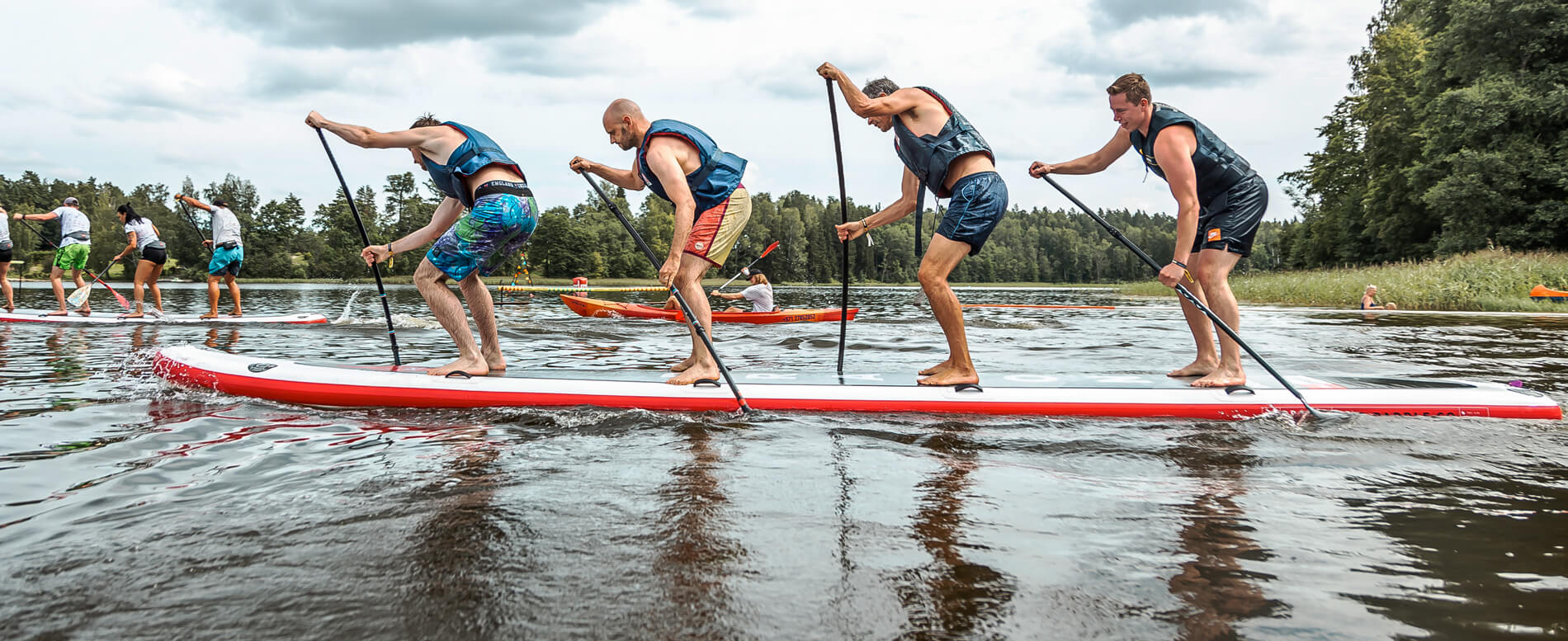
Distance training is also crucial, where paddlers gradually increase their paddling distance to build endurance.
Technique drills focusing on paddle stroke efficiency and turning maneuvers are important to gain competitive advantage.
Additionally, practicing in varied water conditions, such as choppy waters or strong currents, can prepare racers for the unpredictable nature of race environments.
Strength Training Exercises

Strength training on a paddleboard adds a layer of complexity and effectiveness to regular exercises.
Exercises like squats and lunges can be performed on the paddleboard, engaging the core muscles significantly more than they would on solid ground due to the added challenge of maintaining balance.
Push-ups on the board, either with both hands on the deck or one hand on the board and one in the water, can enhance upper body strength.
Planks and side planks can also be more effective on a paddleboard, requiring the paddler to engage the core muscles continuously to maintain stability.
Balance Challenges

Balance exercises on a paddleboard are excellent for building core strength and improving overall stability.
Single-leg stands, where one stands on one leg while keeping the board stable, can be a challenging exercise.
For an added challenge, transitioning from a single-leg stand to a squat on the same leg can be tried.
Paddleboard push-ups, where one hand is on the board and the other on the water, require tremendous balance and core engagement.
Another challenging exercise could be the paddleboard burpee, involving a jump into the water followed by climbing back onto the board.
These balance exercises not only improve physical fitness but also enhance the skills necessary for advanced paddleboarding maneuvers.
Safety and Preparation for Paddleboarding Workouts
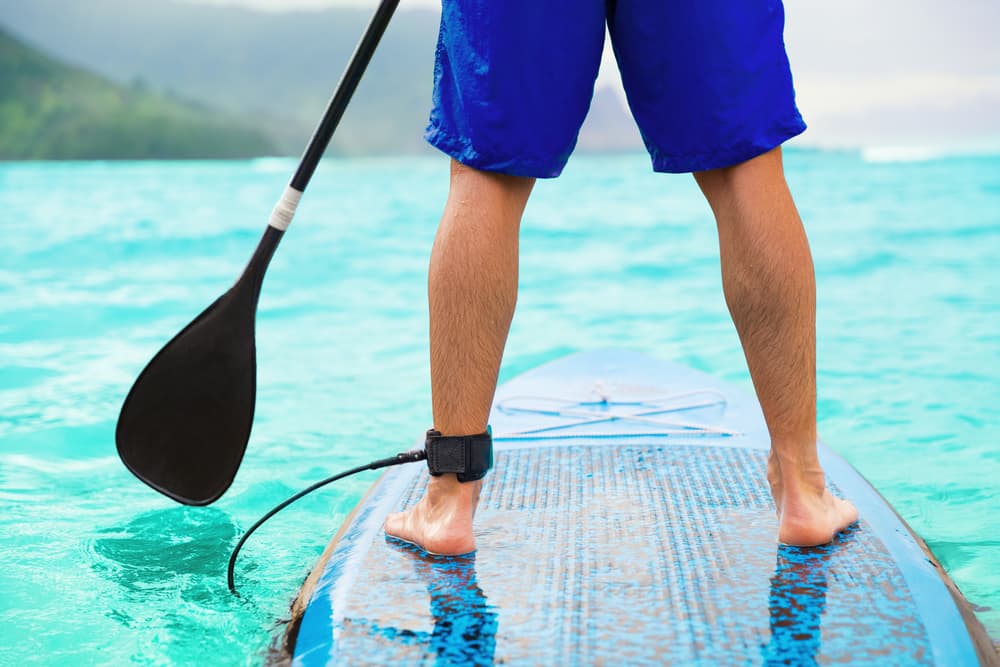
Essential Gear
For a safe and effective paddleboarding workout, certain essential gear is necessary.
Firstly, a suitable paddleboard is crucial; it should be the right size and type for the individual’s weight and skill level.
A high-quality paddle that's the correct length for the user is also important.
A personal flotation device (PFD) is a must for safety, regardless of swimming ability.

Additionally, wearing proper attire is important; this might include a wetsuit or drysuit in colder conditions, or UV-protective clothing in sunny weather.
Other essential gear includes a leash to keep the board attached to the paddler, sunscreen, and a waterproof bag or case to protect personal items.
Weather and Water Conditions
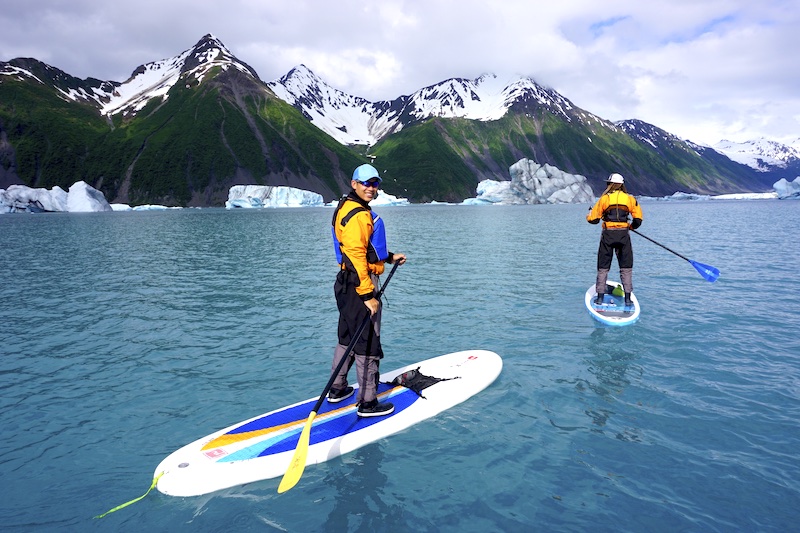
Before heading out, it’s vital to check and understand the weather and water conditions.
Paddlers should look up the weather forecast, including wind speed and direction, as these factors can significantly affect paddleboarding.
Understanding water conditions, such as waves, currents, and tides, is also crucial.
Beginners should start in calm, flat water and avoid challenging conditions like strong winds or waves.
It’s always advisable to paddleboard in familiar areas or where there are lifeguards present.
Safety Tips
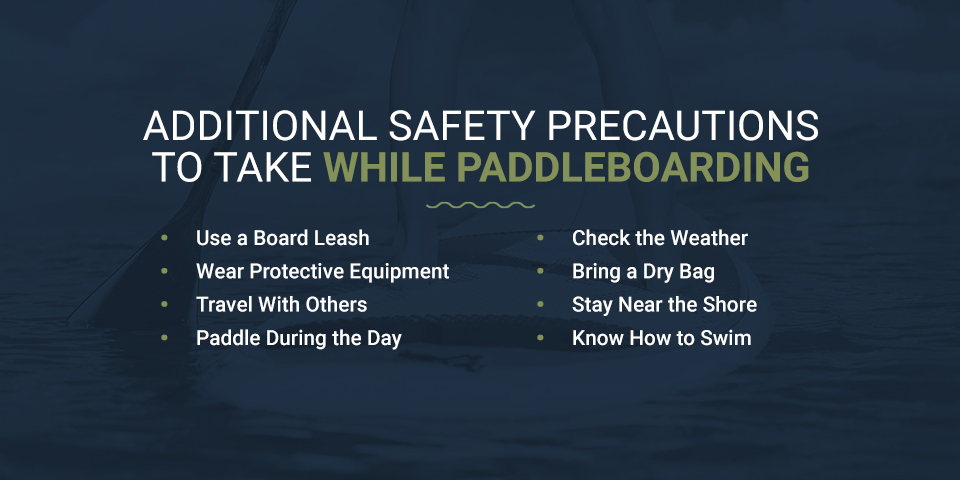
General safety tips for paddleboarding include always wearing a life jacket and being a strong swimmer.
Paddlers should be aware of their physical limits and avoid overexertion.
Staying hydrated is crucial, especially in hot weather, so bringing along water is a must.
It’s also important to paddle with a buddy or inform someone about the paddleboarding plan, including location and expected return time.
In case of emergencies, knowing basic first aid and carrying a whistle or a means of communication is recommended.
Lastly, respecting marine life and being aware of boating traffic are important for safe and responsible paddleboarding.
Community and Group Paddleboarding

Group Classes and Activities
Group paddleboarding classes and meetups are increasingly popular and widely available in many coastal and lakefront communities.
These group activities range from beginner lessons to more advanced technique workshops, and even group tours or paddleboarding yoga sessions.
Participating in these classes offers several benefits: structured learning under the guidance of an experienced instructor, the safety of paddling in a group, and a structured workout regimen.
For beginners, these classes provide a supportive environment to learn and practice the basics.
Advanced paddlers can benefit from specialized classes that focus on improving techniques, endurance, or specific skills like racing or yoga.
Furthermore, themed group activities, such as sunset paddles or nature tours, add an element of adventure and exploration to the paddleboarding experience.
Social Aspect
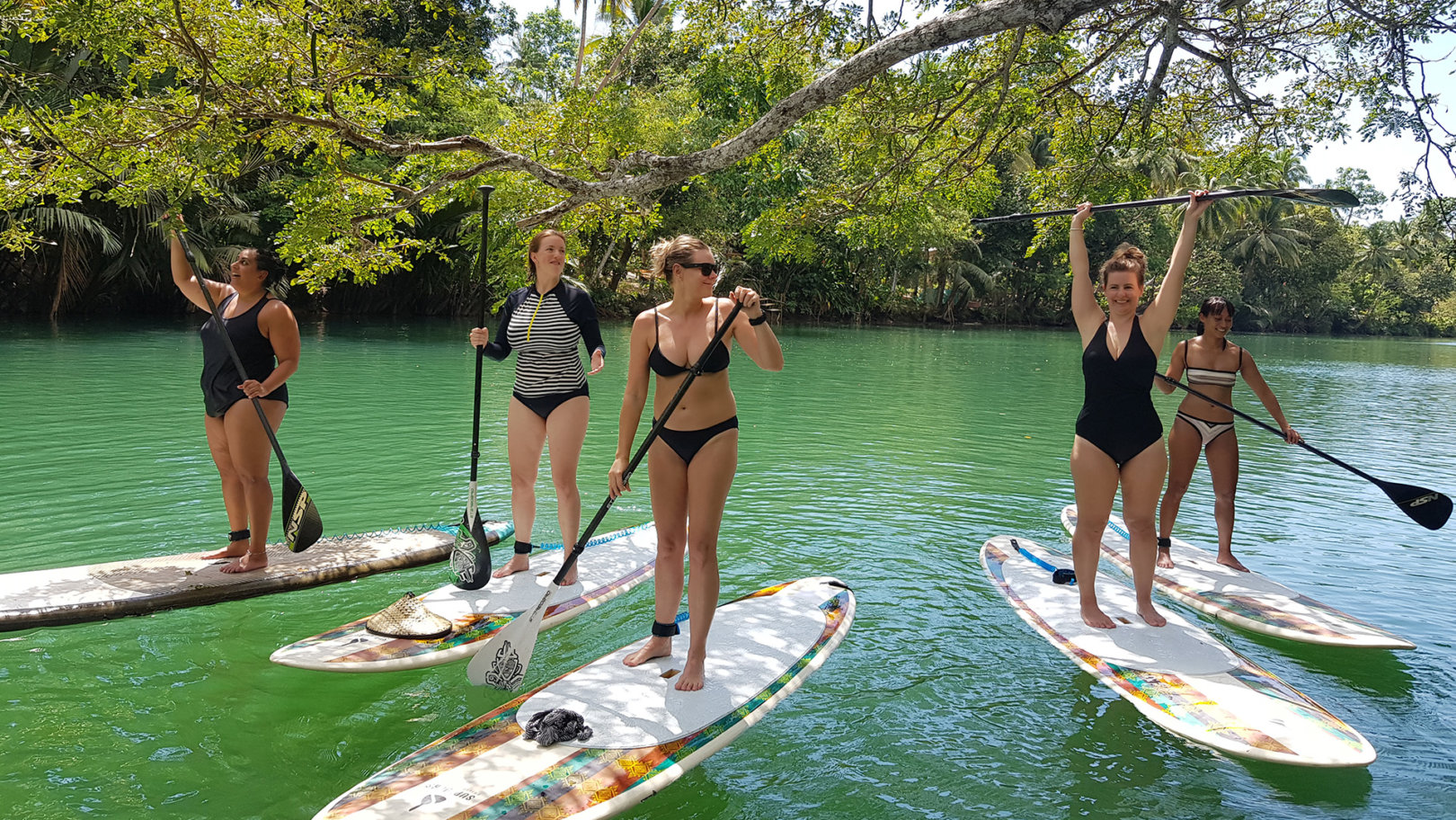
The community aspect of paddleboarding significantly enhances the overall workout experience.
Joining a paddleboarding community or club can lead to friendships and social interactions with like-minded individuals who share a passion for the sport.
This social connection can be a strong motivator for regular participation and improvement.
Group paddleboarding events often create a sense of camaraderie and collective enjoyment, which can make the physical workout more enjoyable and less strenuous.
Additionally, the shared experiences and stories from different members can be enriching, offering tips, advice, and encouragement.
For many, the social aspect of paddleboarding becomes as integral to their experience as the physical benefits of the workout itself.
Conclusion

In this exploration of paddleboarding as a fitness activity, we've uncovered its multifaceted benefits and the diverse ways it can be incorporated into a regular workout routine.
From the core engagement and balance required in basic paddleboarding to the endurance and strength built through advanced workouts, paddleboarding offers a comprehensive, full-body workout.
Its comparison with traditional gym workouts reveals its uniqueness in providing a dynamic and varied exercise experience, enhanced by the beautiful backdrop of the great outdoors.

The adaptability of paddleboarding makes it accessible for all fitness levels, allowing beginners to start with basic techniques and gradually progress to more challenging exercises like endurance paddling, HIIT, or even yoga on a paddleboard.
For those seeking a competitive edge, race training techniques and specialized strength and balance exercises offer a path to advanced skill development.
Beyond the physical workout, paddleboarding fosters a sense of community, with group classes and activities providing opportunities for social interaction, support, and shared experiences.
Paddleboarding is more than just a sport; it's a holistic activity that nurtures both body and mind.
If you haven't tried paddleboarding yet, it might be the perfect time to start. It's an excellent way to stay fit, enjoy nature, and perhaps even join a community of like-minded enthusiasts.
